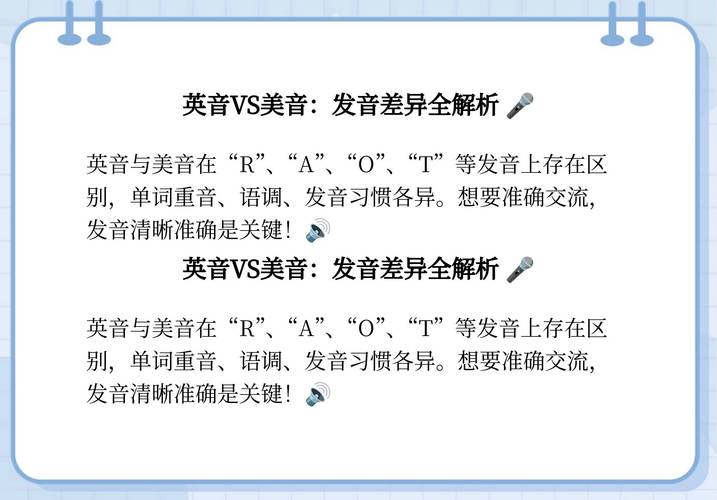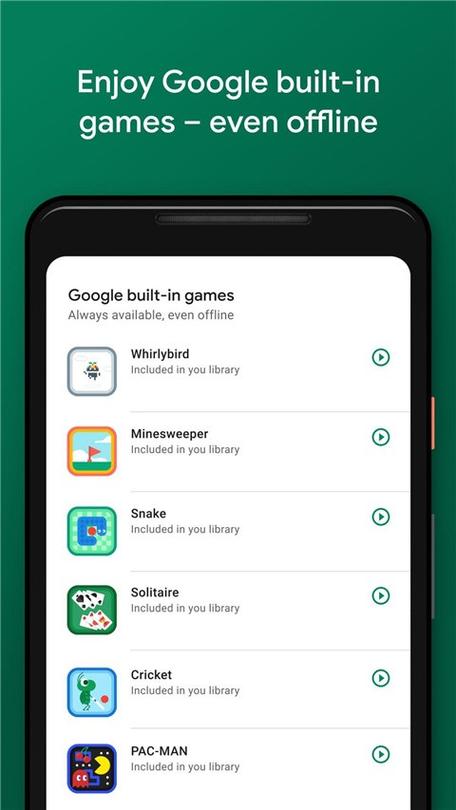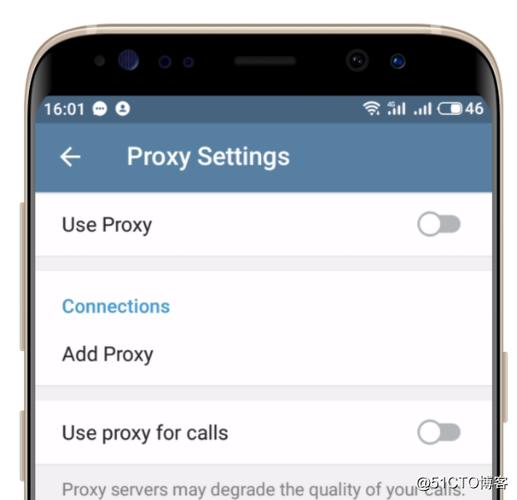当我们开始学习英语单词“line”的发音时,掌握其基础发音至关重要。我在学习这个词的发音时发现,理解英音和美音之间的差异非常有助于正确发音。那让我一起来探讨这个话题吧!

标准英音和美音的区别
首先,let's talk about British English和American English发音的不同体现在多个方面。在英音中,“line”的发音听起来更加细腻柔和,元音部分似乎稍微长一些。而在美音中,它的发音更加直接和略微尖锐,元音部分较短,发音位置也偏向口腔前部。正因为这些细微的差别,我们在模仿时需要特别注意。
尝试听不同国家的说话视频并模仿其发音,这样可以对这两种发音风格有更直观的感受。记住,多听多练是关键。
音标简介和单词 "line" 的音标表示
音标是学习任何语言中不可或缺的工具,因为它帮助我们准确无误地发出一个单词的音。对于单词“line”,我们可以通过其音标来学习其标准发音。在国际音标系统中,“line”表示为 /laɪn/,其中的“/laɪ/”确切地指出了元音的发声方法——一个明亮而清晰的长音。
你可以尝试在镜子前练习发音,注意你的嘴唇和舌头的位置。这个音需要嘴部稍微张开,舌头位于口腔的前部,靠近牙齿。通过这样的练习,你将能更好地掌握这一发音技巧。
通过这篇小章节的学习,我希望你们能更清楚地理解单词“line”的发音基础。接下来的学习将会让你们对这个发音有更深的认识和掌握。
Improving the pronunciation of the word "line" can significantly enhance your English communication skills. Let me share some practical tips that have personally helped me refine my pronunciation.
听力练习:如何通过听力辨别细微差别
One of the most effective ways to improve your pronunciation of "line" is by engaging in listening exercises. I often use movies, podcasts, and songs as tools. The trick here is to listen intently to how native speakers pronounce "line" in different contexts. Sometimes, I even use subtitles to make sure I'm catching the word correctly, then I repeat it aloud.
By regularly exposing myself to different accents through various media, I've started to notice subtle nuances in pronunciation. I recommend setting aside dedicated listening time daily. It's amazing how much this can impact your ability to distinguish and replicate accurate sounds.
口语练习:模仿与练习
Now, let’s talk about active practice. After listening, the next step is to imitate what I've heard. I usually stand in front of a mirror and speak the word "line" along with sentences that contain the word. Watching my mouth and tongue movements is incredibly helpful. It's all about mimicking the nuances you hear.
Recording myself has also been crucial. Sometimes what we think we sound like isn't the reality. By recording and playing back, I can compare my pronunciation to that of native speakers and adjust accordingly.
These practices have been pivotal in my journey of mastering the pronunciation of "line." They keep the learning process dynamic and progressive. Embrace these strategies and watch your pronunciation improve gradually but perceptibly.
In the next section, we’ll explore some additional tools and resources that can facilitate this learning process even further.
To facilitate better pronunciation, specifically for the word "line," it's crucial to have access to the right tools and resources. Let's dive into some that I find incredibly useful.
使用在线发音字典查验发音
One of my first stops when trying to nail a pronunciation is an online pronunciation dictionary. Websites like Merriam-Webster and Cambridge Dictionary are my go-tos. Not only do they show you phonetic spellings, but they also provide audio clips where you can hear the word pronounced in both British and American accents.
For "line," hearing these variations helps identify slight differences between accents. Sometimes I listen to the clips multiple times, trying to mimic the exact tone and pitch. It’s like having a personal tutor online!
推荐应用程序和网站用于提升发音
Now, beyond dictionaries, there are awesome apps and websites designed specifically for pronunciation practice. For instance, Forvo is a great platform where native speakers upload pronunciations of words. Hearing "line" from several voices gives a broader perspective on its pronunciation spectrum.
Another helpful tool is ELSA Speak. It listens to your pronunciation and gives feedback, which has been incredibly beneficial. It points out which part of the word I need to adjust, making my practice sessions more focused and efficient.
Using these tools has changed my approach to learning pronunciation. They are interactive, accessible, and offer real-time feedback, which is essential for improvement. So, definitely give them a try if you’re aiming to perfect your pronunciation of "line" or any other tricky English words.
Stay tuned for the next section where we will tackle some common issues learners face with pronunciation!
When learning how to pronounce "line" correctly, many learners encounter similar hurdles. Here, I'll address some frequent questions and offer practical advice that has worked for me.
解决发音中的常见错误
One major issue I've noticed—and experienced myself—is the tendency to misplace stress in the word "line." In English, the stress falls on the first and only syllable, which sounds something like 'laɪn'. A common mistake is elongating the 'n' sound too much, which can muddle the clarity of the pronunciation.
I've found that repeatedly listening to native speakers and then recording myself can be incredibly helpful. Comparisons help me adjust nuances in my pronunciation that I wouldn't notice otherwise. Also, sometimes I'd exaggerate the stress while practicing alone, so it feels more natural when I tone it down in normal conversation.
如何在日常对话中正确使用 “line”
Now, using "line" correctly in conversations goes beyond pronunciation—it’s about understanding context. The beauty of English lies in its plethora of meanings a simple word like "line" can imply. From "I stood in line at the café," which refers to standing in a queue, to more metaphorical uses like "He crossed the line," meaning someone overstepped boundaries, context determines how it's received.
In my day-to-day interactions, I focus on listening to how others use "line" in different contexts and then mimic similar usages. Watching movies or series in English has been quite beneficial. I hear different pronunciations and see the word's varied applications in real-time dialogue.
Understanding and implementing these aspects ensures that the word "line" fits seamlessly into my conversations, enhancing both my fluency and confidence.







评论留言
暂时没有留言!